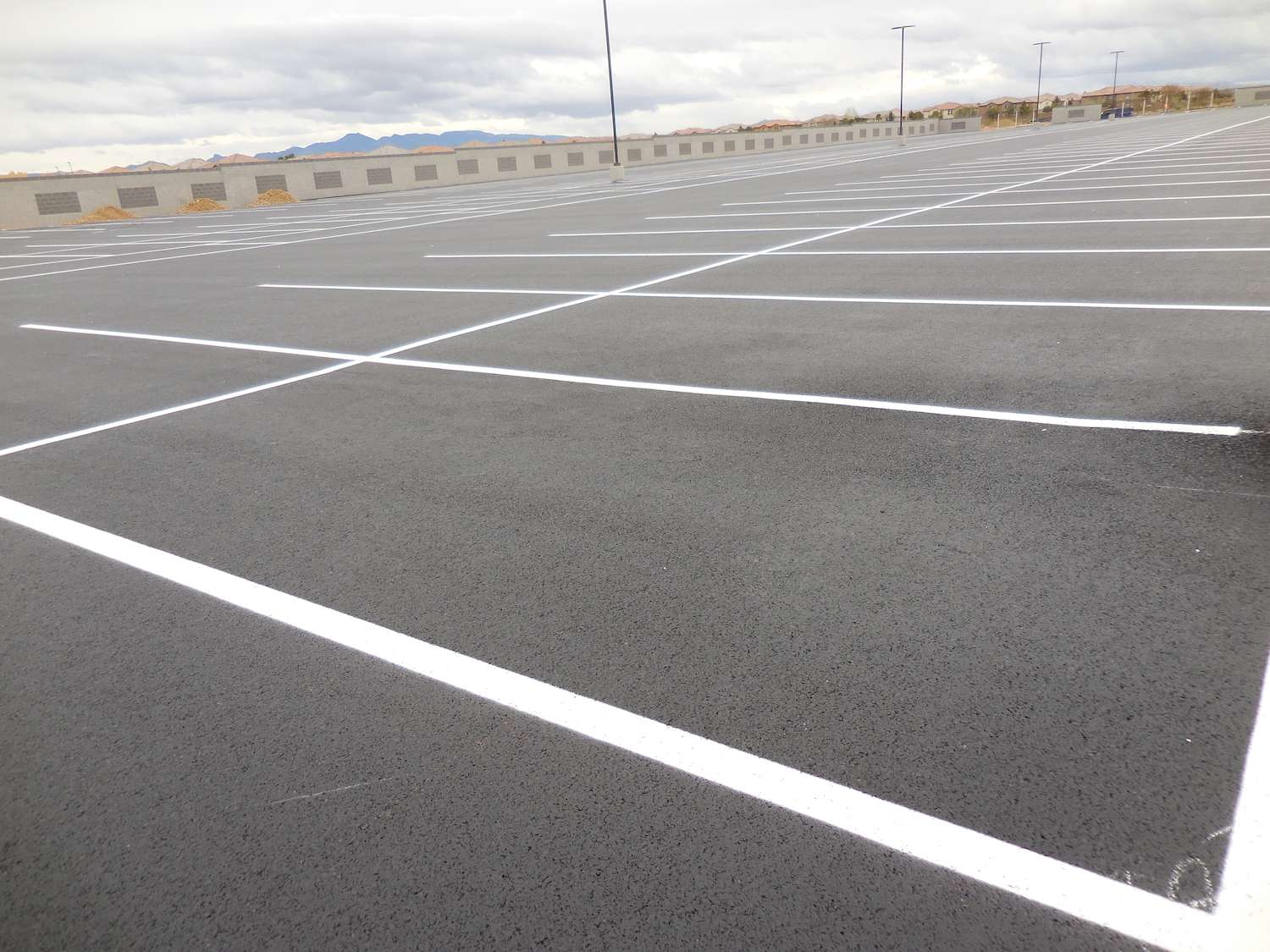
Sealcoating – Understanding Quality
 To the untrained eye, seal coating may seem like a simple procedure. Many people compare sealcoating to painting a wall in a home’s living room — just move everything out of the way, slap on a coat and let it dry. However, any professional painter will tell you that the process is a bit more involved if the results are to be of the best quality. Similarly, sealcoating requires contractors to consider many different factors if the results are to be both durable and attractive.
To the untrained eye, seal coating may seem like a simple procedure. Many people compare sealcoating to painting a wall in a home’s living room — just move everything out of the way, slap on a coat and let it dry. However, any professional painter will tell you that the process is a bit more involved if the results are to be of the best quality. Similarly, sealcoating requires contractors to consider many different factors if the results are to be both durable and attractive.
Considerations Affecting the Quality of the Job
The first thing that a sealcoating professional must do is evaluate the condition of the pavement. If the pavement is new, the contractor must determine whether sufficient curing has occurred. New asphalt pavement must have time to lose its excess oil as too much oil will prevent the sealcoating from forming a bond with the pavement. However, if the pavement has already been in service for a several years, it has likely suffered some damage. Potholes and cracks will need to be repaired before the sealant can be applied, and it may be necessary to patch areas that have developed alligator cracking.
The contractor will have been monitoring the weather forecasts during the days immediately preceding the job. On the day of the job, he will evaluate the wind speed, the relative humidity and whether the ground and air temperatures are within acceptable ranges. High winds, low humidity levels, sunlight and hot temperatures can make sealcoating dry too quickly; low winds, high humidity levels, overcast skies and cooler temperatures can slow the drying process. Weather conditions can determine whether additives will be needed to ensure the quality of the job.
The Processes Involved in a Quality Sealcoating Job
After carefully considering all of the various factors involved, the sealcoating contractor will follow a set of processes to ensure that the work will be of the best quality.
• The pavement will be meticulously cleaned. It is almost never sufficient to merely sweep the pavement with brooms. A power sprayer is typically used, and multiple passes may be needed to remove dirt and debris.
• Puddles of automotive fluids that have leaked onto the pavement will need to be cleaned if a successful bond is to be established. It may be necessary to apply a primer over the spills to ensure proper bonding.
• Safety tape, barricades, barrels, signs or other devices are deployed to block entrance to the area that is to be sealed. Should a car drive across wet sealcoating or a pedestrian walk across it, the finish can be damaged. Furthermore, pedestrians could track the wet sealcoating inside your building. Traffic control devices should remain in place until the sealcoating is properly cured.
• Sealcoating is applied to the area in the manner that is most suitable for the shape and size of the pavement. Typically, sprayers are used to apply sealcoating, but squeegees may be used in accessible areas. If a second coat is required, the contractor must ensure that the initial coat has reached the appropriate stage first.
Affordable Striping & Sealing is a Las Vegas based asphalt sealcoating and maintenance company. We have established an outstanding reputation for the quality of our sealcoating as well as our other asphalt-related services. We specialize in the repair and routine maintenance of asphalt pavement, and our services include parking lot striping, traffic signs, crack repair, road markings, parking lot layout and bumper blocks. We strive to ensure that every customer is completely satisfied with our work on every job. If you have more questions about Sealcoating – Understanding Quality, or would like a free estimate, submit the quote request online or call (702) 222-9009.
Recent FAQs
https://affordablestriping.com/answer/ada-parking-lot-violations/



